My grandmother taught Russian at the Korean Russian Association. She was also an accountant at the Red Cross in Korea. My mother attended school in Pyongyang and at the Russian consulate in Manchuria. My grandfather was made commander of the tank division when its former commander (who was my grandfather's friend) died. In the front line, he fought with the 17th battalion division, and was awarded with a number of medals and orders of merit from the USSR, Korea and Mongolia.
While it was easy then, just as it is today, to ascribe Korea's frozen civil war to differences in ideology and regional ethnic tensions, the giant elephant in the room was - and still is - the enormous American military presence in South Korea. On June 27, 2003, an International War Crimes Tribunal in New York unanimously found the U.S. government and military guilty of 19 counts of war crimes committed against Korea from 1945 until 2001. Judges from 17 different countries heard Korean victims - represented by delegations from South Korea, Japan, Canada, Germany and the US. The US State Department refused visas to a delegation of 11 lawyers bringing evidence from the Democratic People's Republic of Korea (DPRK, or 'north' Korea). Despite the absence of the 'North' Korean delegation, the accumulated evidence was overwhelming.
The tribunal was the culmination of work done by the Korea Truth Commission (KTC), which was set up after the exposure of US atrocities against civilians at No Gun Ri during the Korean War. The No Gun Ri Massacre occurred on July 26-29, 1950, when some 300 South Korean refugees were killed by the 2nd Battalion, 7th U.S. Cavalry, and a U.S. air attack, at a railroad bridge near the village of No Gun Ri. Survivor Yang Hae Chan gave this testimony:
"The floor under the bridge was a mixture of gravel and sand. People clawed with their bare hands to make holes to hide in, other people piled up the dead like a barricade, and hid behind the bodies as a shield against the bullets."Corroborating Korean survivors' testimony are the accounts of 35 veterans of the 7th Cavalry Regiment. "There was a lieutenant screaming like a madman, 'fire on everything, kill em all'," recalls 7th Cavalry veteran Joe Jackman. "I didn't know if they were soldiers or what. Kids, there were kids out there, it didn't matter what it was, eight to 80, blind, crippled or crazy, they shot 'em all."
The findings of the 2003 Tribunal were as follows:
The Members of the International War Crimes Tribunal find the accused Guilty on the basis of the evidence against them: each of the nineteen separate crimes alleged in the Initial Complaint has been established to have been committed beyond a reasonable doubt. The Members find these crimes to have occurred during three main periods in the U.S. intervention in and occupation of Korea.If you want to understand why North Korea is so antagonistic towards the US today, you have to understand what the US did to it back then. Bruce Cumings is chairman of the history department at the University of Chicago and author of The Origins of the Korean War, in which he detailed America's saturation bombing of Korea's north. "What hardly any Americans know or remember," Cumings wrote, "is that we carpet-bombed the north for three years with next to no concern for civilian casualties. The United States dropped more bombs in Korea (635,000 tons, as well as 32,557 tons of napalm) than in the entire Pacific theater during World War II. Our logic seemed to be that 'they are savages, so that gives us the right to shower napalm on innocents '."
The best-known period is from June 25, 1950, until July 27, 1953, the "Korean War," when over 4.6 million Koreans perished, according to conservative Western estimates, including 3 million civilians in the north and 500,000 civilians in the south. The evidence of U.S. war crimes presented to this Tribunal included eyewitness testimony and documentary accounts of massacres of thousands of civilians in southern Korea by U.S. military forces during the war. Abundant evidence was also presented concerning criminal and even genocidal U.S. conduct in northern Korea, including the systematic leveling of most buildings and dwellings by U.S. artillery and aerial bombardment; widespread atrocities committed by U.S. and the Republic of Korea (R.O.K.) forces against civilians and prisoners of war; the deliberate destruction of facilities essential to civilian life and economic production; and the use of illegal weapons and biological and chemical warfare by the U.S. against the people and the environment of northern Korea. Documentary and eyewitness evidence was also presented showing gross and systematic violence committed against women in northern and southern Korea, characterized by mass rapes, sexual assaults and murders.
Less known but of crucial importance in understanding the war period is the preceding five years, from the landing of U.S. troops in Korea on September 8, 1945, to the outbreak of the war. The Members of the Tribunal examined extensive evidence of U.S. crimes against peace and crimes against humanity in this period. The Members conclude that the U.S. government acted to divide Korea against the will of the vast majority of the people, limit its sovereignty, create a police state in southern Korea using many former collaborators with Japanese rule, and provoke tension and threats between southern and northern Korea, opposing and disrupting any plans for peaceful reunification. In this period the U.S. trained, directed and supported the ROK in systematic murder, imprisonment, torture, surveillance, harassment and violations of human rights of hundreds of thousands of people, especially of those individuals or groups considered nationalists, leftists, peasants seeking land reform, union organizers and/or those sympathetic to the north.
The Members find that in the period from July 1953 to the present, the U.S. has continued to maintain a powerful military force in southern Korea, backed by nuclear weapons, in violation of international law and intended to obstruct the will of the Korean people for reunification. Military occupation has been accompanied by the organized sexual exploitation of Korean women, frequently leading to violence and even murder of women by U.S. soldiers who have felt above the law. U.S.-imposed economic sanctions have impoverished and debilitated the people of northern Korea, leading to a reduction of life expectancy, widespread malnutrition and even starvation in a country that once exported food. The refusal of the U.S. government to grant visas to a delegation from the Democratic People's Republic of Korea who planned to attend this tribunal only confirms the criminal intent of the defendants to isolate those whom they have abused to prevent them from telling their story to the world.
In all these 55 years, the U.S. government has systematically manipulated, controlled, directed, misinformed and restricted press and media coverage to obtain consistent support for its military intervention, occupation and crimes against the people of Korea. It has also inculcated racist attitudes within the U.S. troops and general population that prepared them to commit and/or accept atrocities and genocidal policies against the Korean people.
It has violated the Constitution of the United States, the delegation of powers over war and the military, the Bill of Rights, the UN Charter, international law and the laws of the ROK, DPRK, People's Republic of China, Japan and many others, in its lawless determination to exercise its will over the Korean peninsula.
The Members of the Korea International War Crimes Tribunal hold the United States government and its leaders accountable for these criminal acts and condemn those found guilty in the strongest possible terms.
Years before the US obliterated the Vietnamese peninsula, cities in the Korean peninsula were wiped off the map. Cumings' tally of the degree of destruction Korean cities include Pyongyang being 75% levelled, Sariwon 95%, and Sinanju 100%. General Douglas MacArthur's US Air Force squadrons bombed dams in the north that unleashed internal tsunamis. Napalm and other weapons were tested on civilians for the first time. "The unhindered machinery of incendiary bombing was visited on the North for three years," he wrote, "yielding a wasteland and a surviving mole people who had learned to love the shelter of caves, mountains, tunnels and redoubts, a subterranean world that became the basis for reconstructing a country and a memento for building a fierce hatred through the ranks of the population. Their truth is not cold, antiquarian, ineffectual knowledge."
Photographs via redyouthuk.wordpress.com:
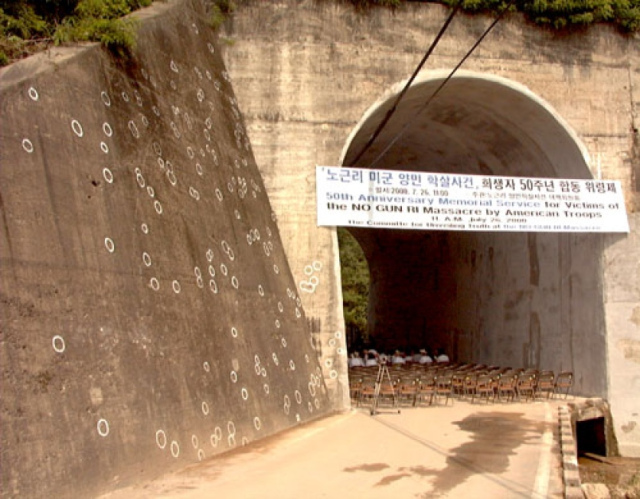
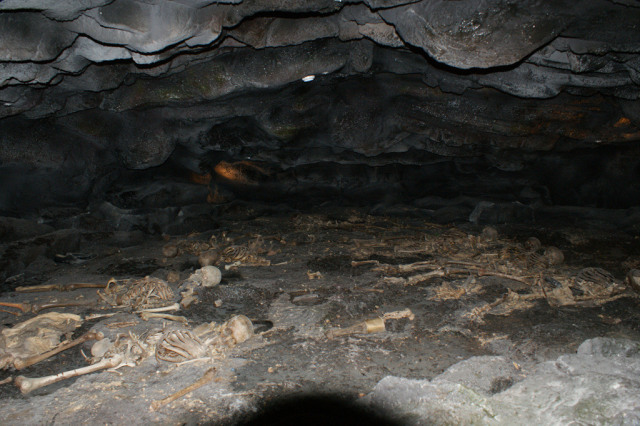
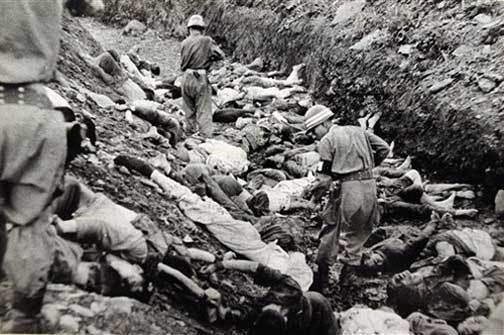
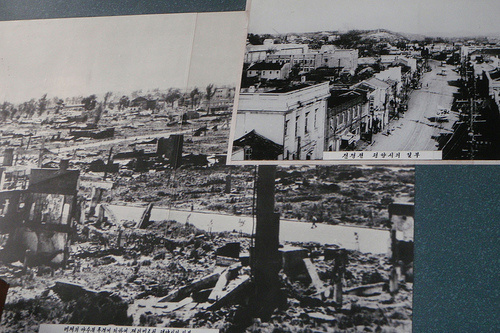
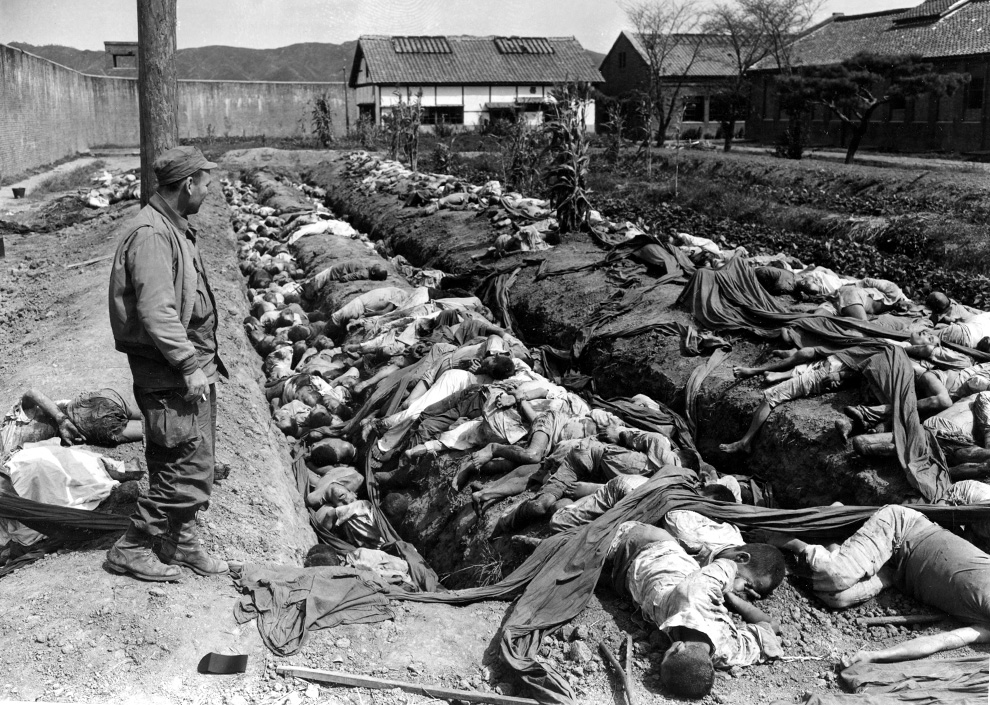
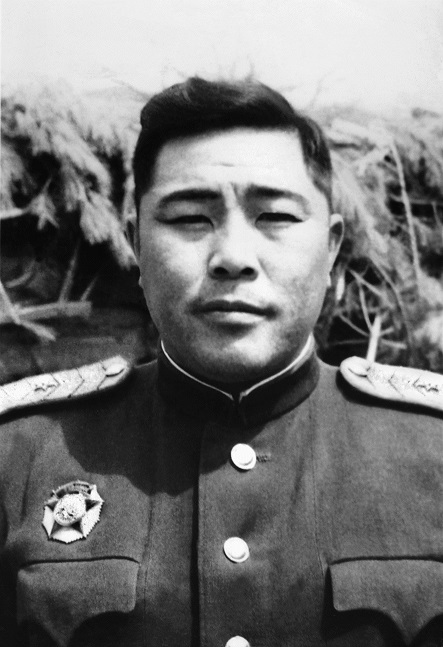



What struck me was the fact that these American troops landed in Korea on the 8th of September 1945 just days after having thrown their nuclear bombs on Nagasaki and Hiroshima. That's all these psychos can think of: war and profit and suffering for the rest, it is the best deal they have ever made.
I for one hope that you will write more about this topic!